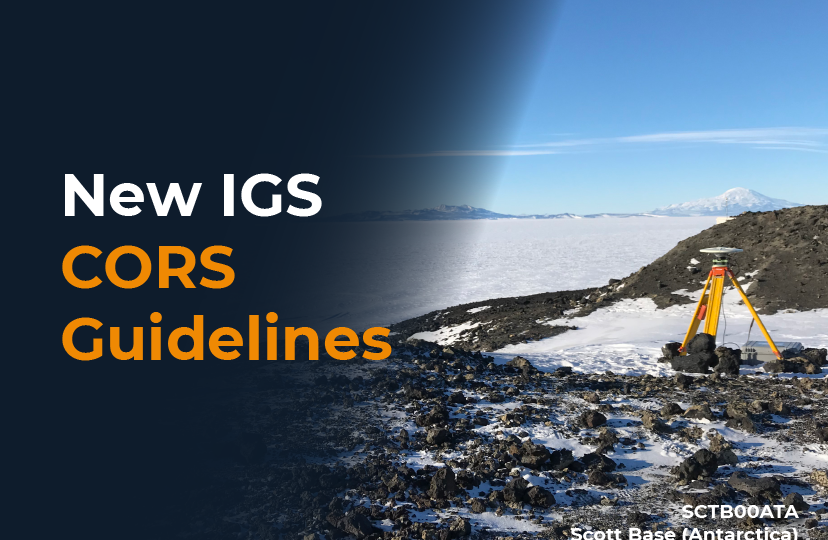

New Guidelines for IGS Continuously Operating Reference Stations
By IGS Infrastructure Committee
The IGS tracking network is a collaborative effort of Continuously Operating Reference Stations (CORS) managed by various organizations, united under the IGS umbrella for the common good. While flexibility is valued, the Infrastructure Committee has established essential standards to ensure consistent, fit-for-purpose data for the global IGS community.
Stability is paramount for IGS products, especially for reference frame stations supporting the International Terrestrial Reference Frame (ITRF). To maintain a high-quality network, the IGS Infrastructure Committee has updated guidelines for CORS, enhancing their value to the IGS.
The “Guidelines for Continuously Operating Reference Stations in the IGS” is now available to assist station owners and operators in planning and maintaining CORS. Additionally, a revised process for proposing new IGS stations has been outlined in the “Procedure for Becoming an IGS Station” document, clarifying responsibilities for contributing organizations.
Candidate stations will be reviewed by the IGS Infrastructure Committee, which considers the station’s location, instrumentation, operational characteristics, and relevance to IGS projects in its decision to accept a new station into the network. The IGS has focused their attention to utilize all available satellite systems and signals and making data available in real-time. Therefore, particular attention in the evaluation will be drawn to stations supporting multi-GNSS and real-time capabilities.
New stations are welcome to join the IGS in maintaining the stability and quality of the IGS tracking network for the benefit of the global geodesy community, science, and society.
Last Updated on 11 Oct 2023 21:00 UTC

